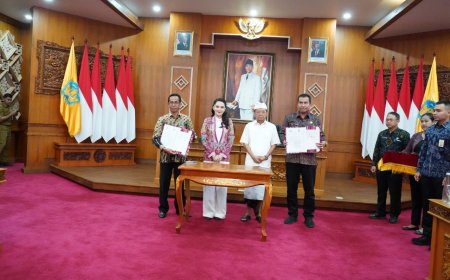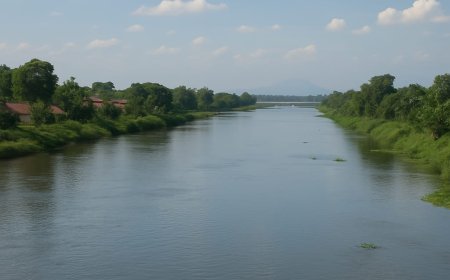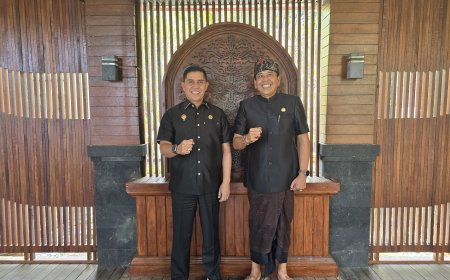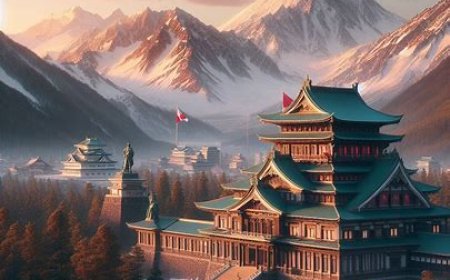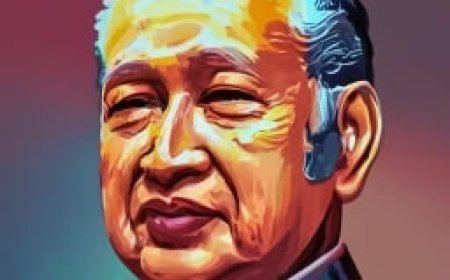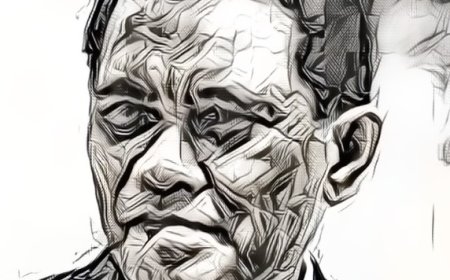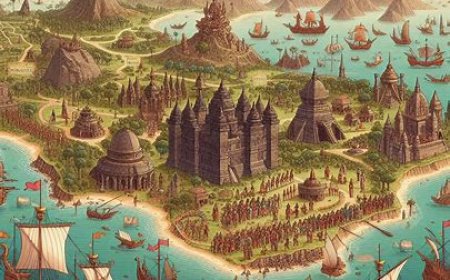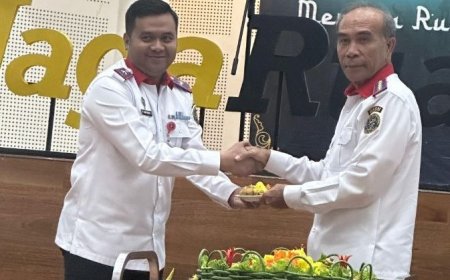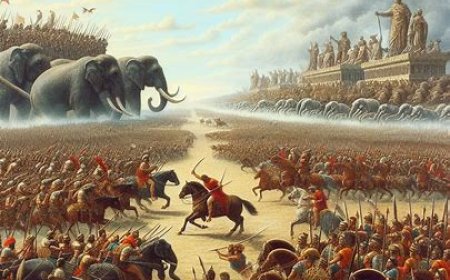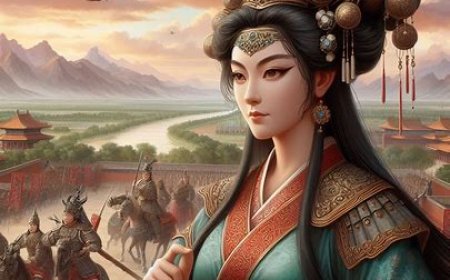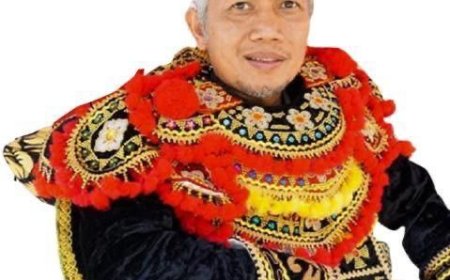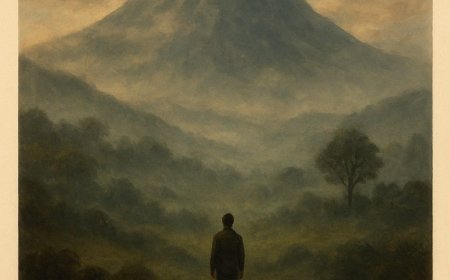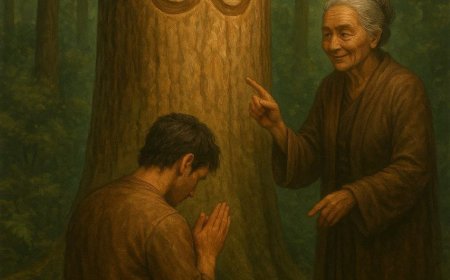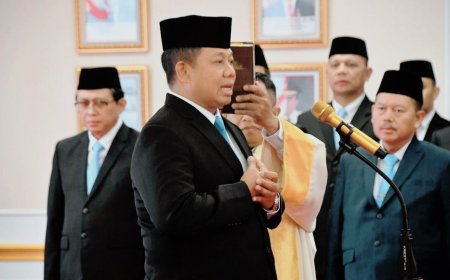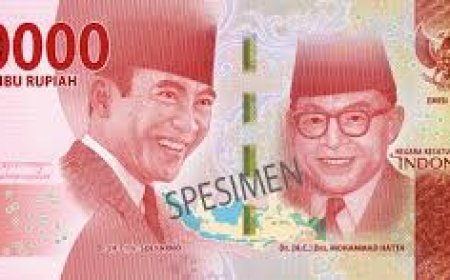The Beauty of Taman Ayun
On a tranquil Saturday morning with gentle drizzles of rain, January 11, 2025, I, Brigadier General of the Marines Tony Kurniawan, Head of the Bali Regional Intelligence Agency (BIN), had the privilege of visiting one of the gems of the Island of the Gods: Puri Mengwi and Pura Taman Ayun. This journey was not just an ordinary visit, but a rare opportunity to delve into the cultural, historical, and spiritual values deeply rooted in these sites.
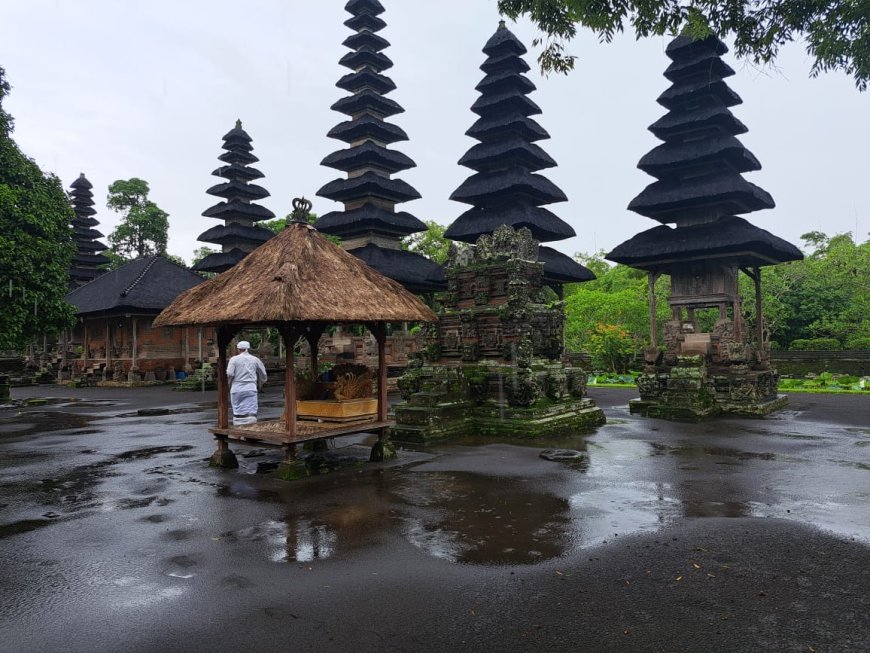
Puri Mengwi was the first stop on my journey. It is here that I witnessed the legacy of past grandeur that continues to thrive today. This palace served as the center of the Mengwi Kingdom, one of Bali’s great kingdoms, founded in 1634 by King Mengwi, I Gusti Agung Putu, who also bore the title Cokorda Sakti Blambangan. Puri Mengwi is not merely a silent witness to history but also a symbol of harmony between power, art, and spirituality.
As I stepped into the palace, a sense of magnificence immediately enveloped me. The traditional Balinese ornaments adorning every corner radiated a graceful grandeur. The palace was not only the residence of the royal family but also a center for culture and tradition that continues to thrive. Various sacred rituals are performed here with reverence, reflecting the profound connection between humans, nature, and Sang Hyang Widhi Wasa.
Not far from Puri Mengwi, my journey continued to Pura Taman Ayun. From a distance, the temple exuded an aura of majesty that words fail to describe. Built between 1632 and 1634 by the King of Mengwi, this temple embodies unparalleled beauty. The name “Taman Ayun,” which means “beautiful garden,” perfectly encapsulates the atmosphere here. Surrounded by lush green gardens and crystal-clear ponds, the temple feels like an oasis that soothes the soul.
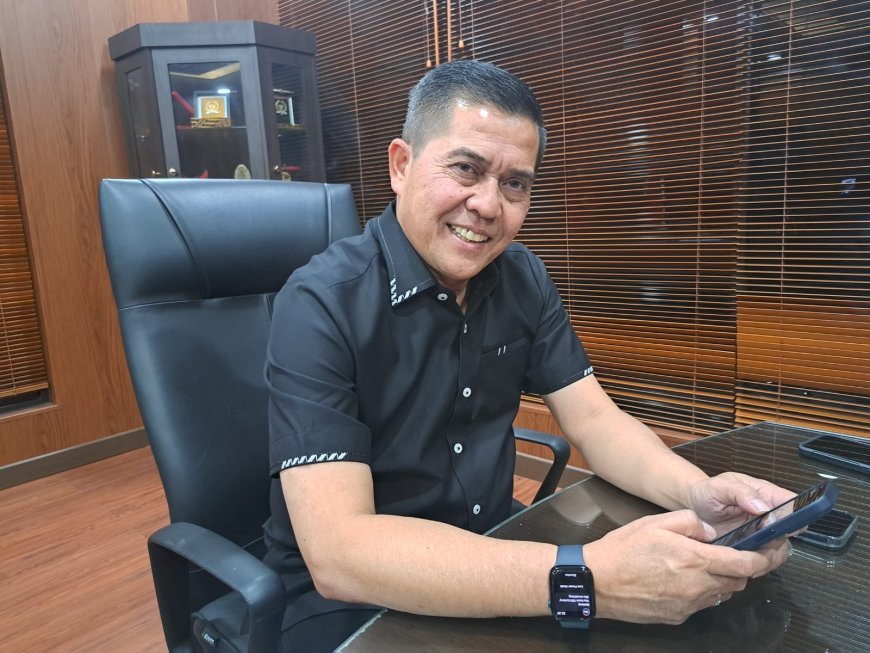
Brigadir Jenderal Marinir Tony Kurniawan
However, Pura Taman Ayun is not just about its physical beauty. This site holds deep spiritual significance. As the family temple of the Mengwi Kingdom, it serves as a place of worship for the royal ancestors. The temple complex was designed based on the Tri Mandala concept, dividing the area into three spiritual levels: Nista Mandala (the outer area), Madya Mandala (the middle area), and Utama Mandala (the holiest area). Its unique architecture reflects the balance between the spiritual and physical worlds—a philosophy central to Balinese life.
Pura Taman Ayun also holds global historical value. In 2012, UNESCO recognized it as a World Heritage Site, alongside three other areas in Bali: the terraced rice fields of Jatiluwih in Tabanan, the caldera of Mount Batur as part of the Geopark, and the Pakerisan River area in Gianyar. This recognition not only brings pride but also serves as a reminder of the importance of preserving and protecting this ancestral heritage.
One historic moment that adds to the temple’s value occurred when India’s President Pratibha Devisingh Patil planted a mangosteen tree within the temple grounds. This tree symbolizes not only international friendship but also respect for Bali’s rich cultural heritage.
Amidst the tranquil and serene atmosphere, I realized the immense importance of safeguarding places like this. Pura Taman Ayun is not merely a tourist destination but a legacy bearing a profound message about life. The harmony between humans, nature, and God reflected here is a lesson relevant to us all, especially in a modern era that often distances us from our cultural and spiritual roots.
My visit to Pura Taman Ayun and Puri Mengwi served as a reminder that history and tradition are bridges between the past and the future. These places are treasures that we must collectively protect, not just for the people of Bali but for the entire nation of Indonesia.
As I departed from these sites, I carried not only beautiful memories but also a deep sense of gratitude and pride. Bali, with all its charm, has shown that true beauty is not only what the eyes can see but also what the heart can feel. Pura Taman Ayun stands as a testament to the richness of ancestral heritage in culture, beauty, and spirituality, a legacy that will always remain part of our identity as a nation.
By: Brigadier General of the Marines Tony Kurniawan
The author is the Head of the Bali Regional Intelligence Agency.
What's Your Reaction?








